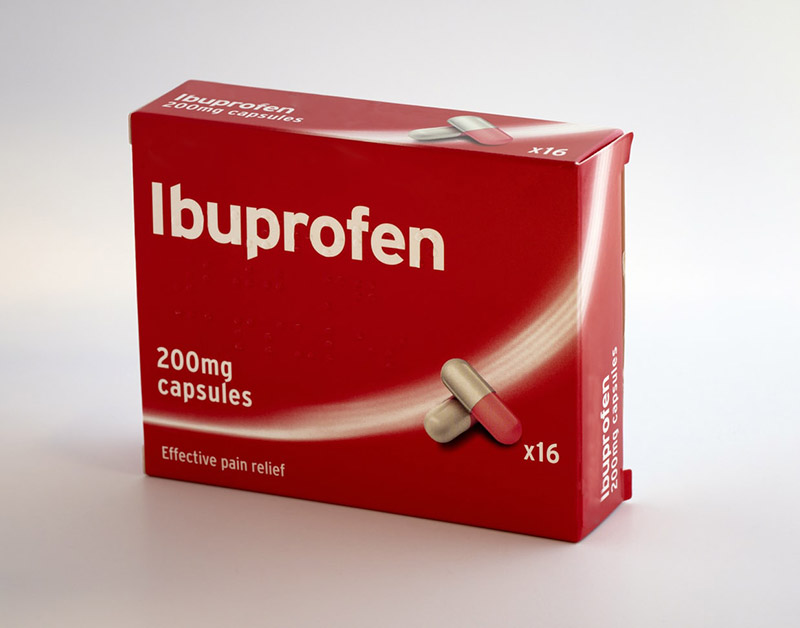So what surprises me the most in my practice over the last 40 years? How about that a drug company can change ingredients, and not just the inactive ingredients… but any ingredient, active or not, in an over-the-counter product. AND, they don’t have to tell anybody, as long as its on an approved list for the OTC market. I was never told any of this information in pharmacy law, so for years I assumed brand name product ingredients were as I had learned and memorized them to be.
I only found out about this little known secret when, years ago, while I was still working in a retail drugstore, phenylpropanolamine, also known as PPA, was taken off the market. It was used extensively as a diet aid. I was shocked when I saw that the over-the-counter dieting products with the brand names that used PPA were still on the shelf knowing that these active ingredients were no longer available. It turns out the manufacturers just switched the ingredients for something else.
As I started to look at other over-the-counter ingredients in products like Kaopectate, which used to contain kaolin pectin, pretty much an inert ingredient that would coat the stomach and intestinal lining used in the treatment of diarrhea. As it turns out, the FDA started requesting evidence that active ingredients were an effective treatment(s) for the conditions the manufacturers were promoting. If the manufacturers did not have studies to prove the claims and they didn’t want to put the money into such studies, they just changed the active ingredient, and in the case of Kaopectate, its now bismuth subsalicylate. So now Kaopectate and Pepto-Bismol and many of these anti-diarrheal products I have all the same ingredient, bismuth subsalisalate. Side note: Ok, Yes, there is another product now on OTC market used as an anti-diarrheal, loperamide, but when you look at the shelf in the drug store or supermarket there looks to be a countless number of products from which to choose. However really, just these 2 active ingredients, and if you are allergic to aspirin (ASA or salicylic acid) you don’t want to be taking bismuth subsalisalate.
Now I go out to shelves in front of the counterto look at every single over-the-counter item and its ingredient(s). So basically, if you need something for pain, available are: aspirin, acetaminophen, ibuprofen or naproxen. If you need something for reflux, acid indigestion, its aluminum/magnesium hydroxide, or calcium carbonate for short, quick acting relief. Famotidine will reduce acid and bring relief in about 20-30 minutes, and of course, omeprazole, or esomeprazole or those other azoles stop acid altogether after 24 hours. For sleep and itching or allergies its diphenhydramine, such a versatile agent. Also for topical itching is hydrocortisone. Antiseptic agents? Bacitracin or povidone iodine, unless you like the stinging which alcohol and witch hazel produceSo far I’ve only mentioned 16 active ingredients but there is also for allergies loratidine and fexofenadine.
The reason I list these agents is because maybe there are 20 active ingredients but countless numbers of products that are available for purchase. I may have missed a few but you get the idea. You really don’t have a lot from which to choose.
And pharmacists are being kept product changes as are consumers, because there’s no notification that says this product has been switched for another product. That can be misleading or it can cause problems if someone is allergic to the newly formulated product that’s being put out there… Everything for sleep has diphenhydramine in it now which used to be only for itching, but it causes drowsiness. As a result manufacturer’s are using it in sleep products. In my opinion, it’s a mess. On one hand we need medications to be effective, and the FDA is right to ask for studies showing them to be so. In the not so distant past, the FDA used to grandfather in products that were homeopathic in nature showed no efficacy. These compounds as I like to refer to them, had been on the market for so long that the FDA allowed them to be continue to be sold because they were safe. But more and more in recent years the FDA has been requiring the efficacious studies.
The bottom line is read the labels. And if you ask a pharmacist for a recommendation, bring the product you’re looking to buy to him/her to read as well. They will most likely tell you to go with the lower costing agent because there may be 20 different products on the shelf, but you’re going to find there’s only one active ingredient that’s common between all of them, and it’s the SAME active ingredient. Requiring efficacy, it’s the law! But switching ingredients in a brand name without notification is something I would liked to of known about all those years, and I would venture to guess that a lot of pharmacists are not aware of this nuance with over-the-counter medications. This issue is probably an area that needs to be addressed as we move forward in the age of transparency.
